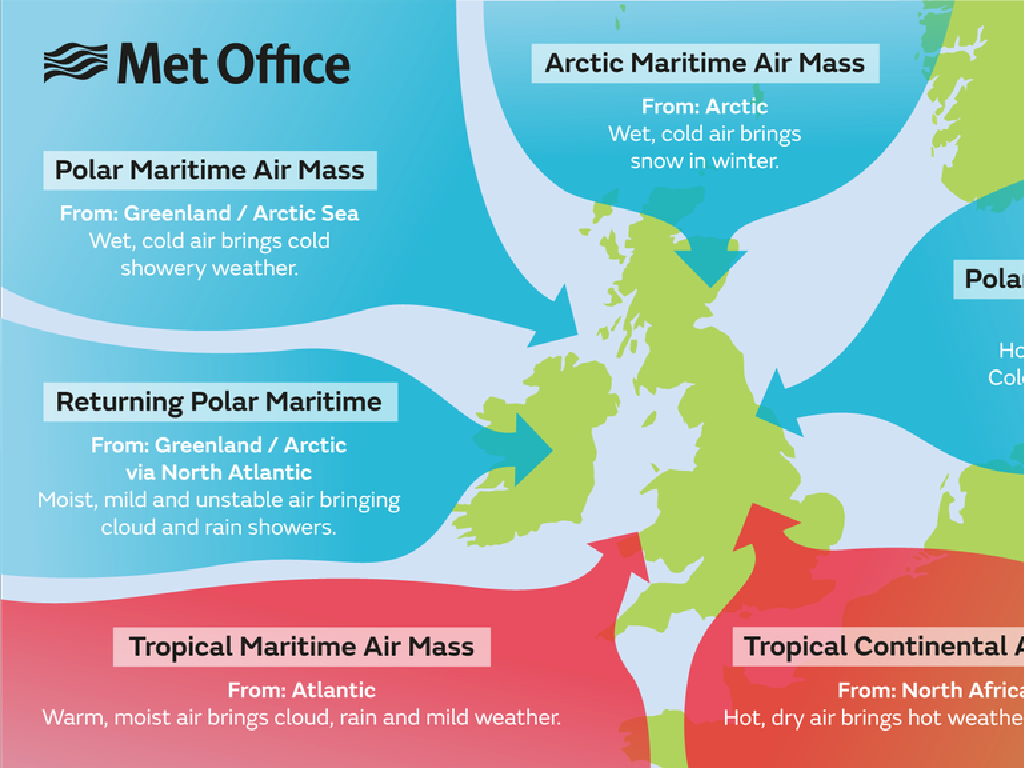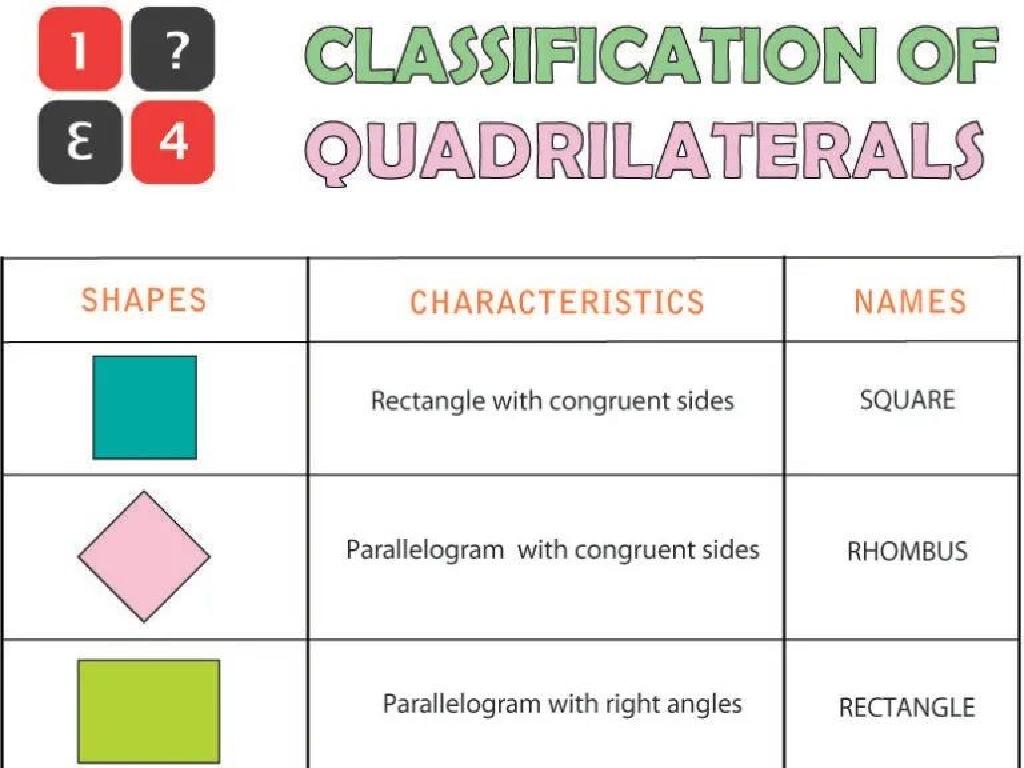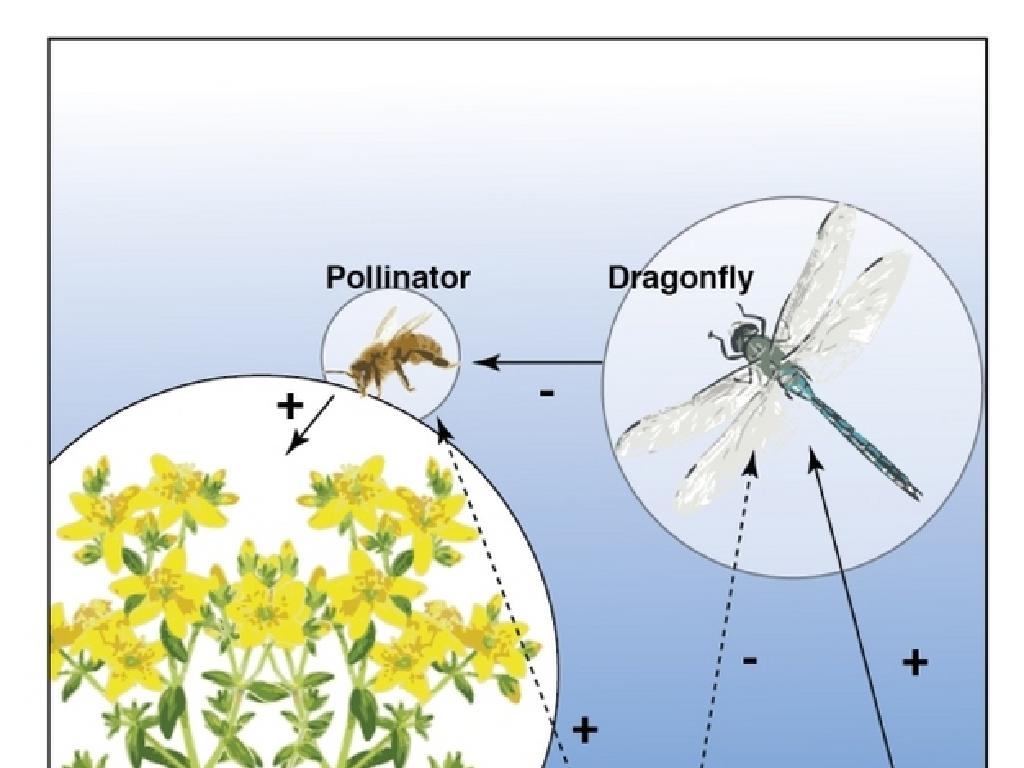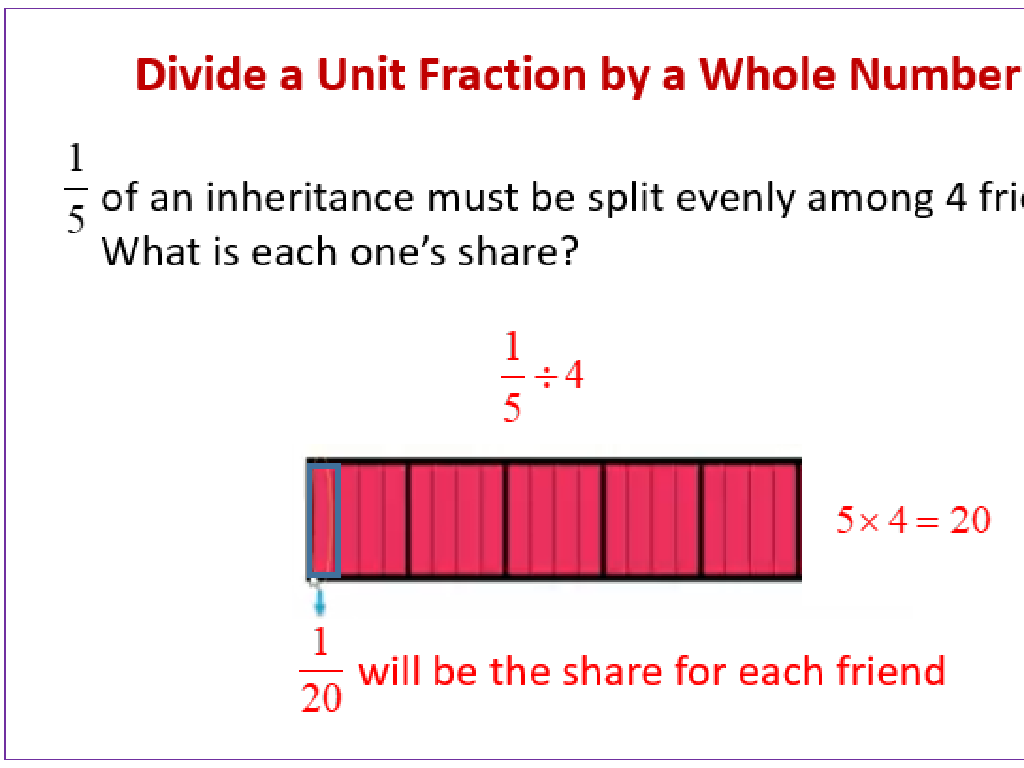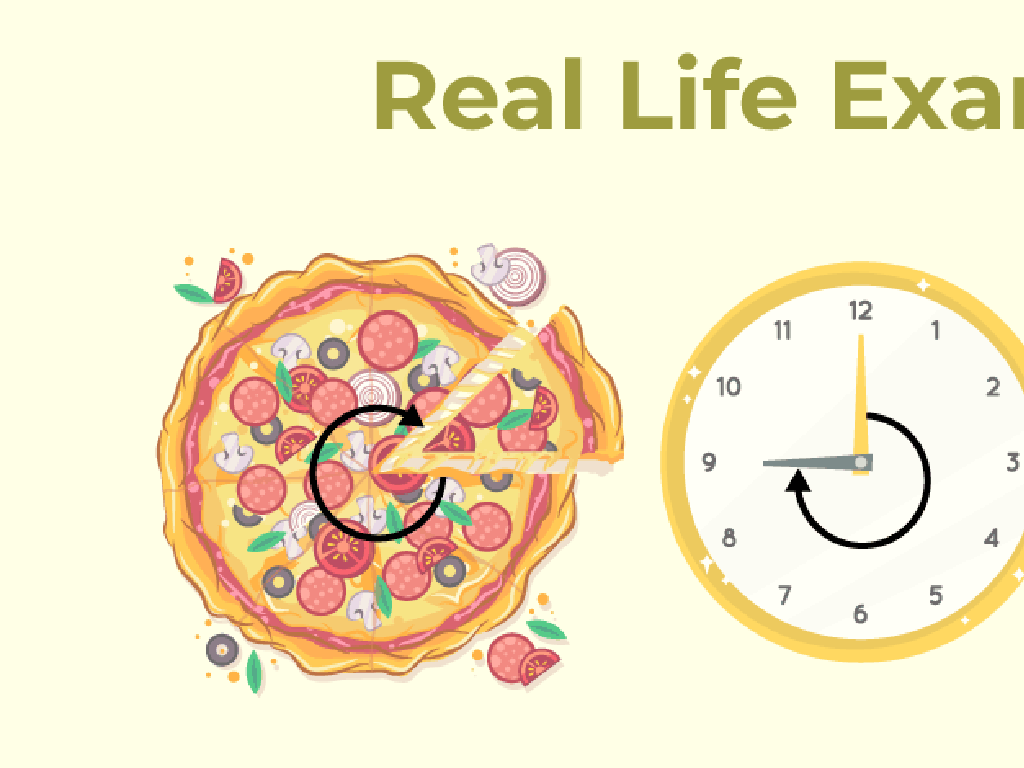Form The Progressive Verb Tenses
Subject: Language arts
Grade: Seventh grade
Topic: Verb Tense And Mood
Please LOG IN to download the presentation. Access is available to registered users only.
View More Content
Mastering Progressive Verb Tenses
– Understanding verb tenses
– Today’s focus: Progressive tenses
– Progressive tenses show action that is currently ongoing
– Expressing ongoing actions
– Used to describe actions still happening, e.g., ‘I am running.’
– Structure of progressive tenses
– Formed with ‘to be’ verb + present participle (verb+ing)
|
This slide introduces the concept of progressive verb tenses, which are crucial for describing actions that are currently in progress. It’s important to explain that verb tenses allow us to communicate the timing of actions. Progressive tenses, specifically, are used to indicate actions that are unfinished or ongoing at the time of speaking. Examples include ‘I am learning,’ ‘You were singing,’ and ‘They will be arriving.’ Emphasize the structure of progressive tenses, which combine a form of the ‘to be’ verb with the present participle of the main verb (ending in -ing). Provide students with several examples and encourage them to form sentences using progressive tenses to describe actions they are currently doing or will be doing in the future.
Exploring Progressive Verb Tenses
– Understanding verb tenses
– Verb tenses indicate the timing of an action
– Three core tenses: Past, Present, Future
– Each tense reflects actions at different times
– Four aspects of each tense
– Aspects show patterns of time and completion
– Focus on Progressive aspect
– Progressive shows ongoing action at a time
|
This slide introduces the concept of verb tenses and their importance in indicating when an action takes place. Students will learn that there are three main tenses: past, present, and future, each with four aspects to express time in different ways. The progressive aspect, which we will focus on, is used to describe actions that are currently ongoing or were ongoing in the past or will be in the future. Examples for the progressive aspect include: ‘I am running’ (present progressive), ‘I was running’ (past progressive), and ‘I will be running’ (future progressive). Ensure students understand the structure of each progressive tense and can identify and form them correctly.
Understanding Progressive Tenses
– Progressive tenses depict ongoing actions
– Formed with ‘to be’ and present participle
– ‘Am’, ‘is’, ‘are’ + verb ending in -ing
– Applicable in past, present, future
– ‘Was’, ‘were’ + verb ending in -ing for past; ‘will be’ + verb ending in -ing for future
– Examples: I am learning, I was learning, I will be learning
– Present: He is running. Past: She was singing. Future: They will be playing.
|
This slide introduces the concept of progressive verb tenses to the students, emphasizing the idea of duration or an action in progress. Progressive tenses are formed by combining the appropriate form of the verb ‘to be’ with the present participle of the main verb (which ends in -ing). It’s crucial to highlight that this tense can be used to talk about actions in the past, present, or future, which helps convey the time of the action as well as its ongoing nature. Provide examples for each tense and encourage students to create their own sentences using progressive tenses to solidify their understanding.
Present Progressive Tense
– Used for current actions
– Describes what’s happening now
– Structure: am/is/are + verb+ing
– ‘am’ for I, ‘is’ for he/she/it, ‘are’ for you/we/they
– Example: I am reading a book
– Shows action in progress, like reading now
|
The present progressive tense is used to talk about actions that are happening at the moment of speaking. It is formed with the appropriate form of the verb ‘to be’ (am/is/are) followed by the base verb with an -ing ending. For example, ‘I am reading a book’ indicates that the action of reading is occurring right now. It’s important to ensure students understand the correct form of ‘to be’ to use with different subjects. Have students practice by forming sentences with different subjects and verbs to reinforce the concept.
Understanding Past Progressive Tense
– Expresses ongoing past actions
– Used to describe an action that was in progress at a specific time in the past.
– Structure: ‘was/were’ + verb+ing
– ‘Was’ is used with singular subjects, ‘were’ with plural.
– Example: ‘She was singing when the phone rang’
– Illustrates interruption of a continuous action by a sudden event.
|
The past progressive tense is key for setting the scene in a story by indicating actions that were happening at a particular time. It’s formed with ‘was’ or ‘were’ plus the present participle of the verb (verb+ing). For example, ‘I was walking,’ ‘we were talking,’ or ‘they were laughing.’ Use the example ‘She was singing when the phone rang’ to show how this tense can be used to describe an action that was interrupted by another event. Encourage students to think of similar scenarios where one action is interrupted by another to practice forming sentences in the past progressive tense.
Future Progressive Tense
– Expresses ongoing future actions
– Use for actions that will continue over time in the future
– Formed with ‘will be’ + verb+ing
– The structure is consistent: subject + ‘will be’ + the base form of the verb + ‘ing’
– Example: ‘They will be traveling’
– ‘They will be traveling to Paris next month’ shows an action that will happen over time in the future
|
The Future Progressive Tense is used to describe actions that are expected to take place in the future and continue for a duration of time. It’s important to emphasize the structure ‘will be’ followed by the present participle form of the verb (verb+ing). Provide students with additional examples and have them create sentences using the future progressive tense. Encourage them to think about events that are planned or expected to happen and describe these using the future progressive tense to reinforce their understanding.
Let’s Practice Progressive Verb Tenses!
– Identify progressive tense
– Find verbs in sentences and determine if they are in progressive tense (e.g., ‘is running’)
– Convert to progressive tense
– Change verbs from simple to progressive tense (e.g., ‘run’ to ‘is running’)
– Practice with classmates
– Review and correct as a class
|
This slide is for a class activity focused on understanding and practicing the progressive verb tenses. Students will first identify verbs in given sentences and determine if they are already in the progressive tense. Then, they will practice converting verbs from the simple present, past, or future tense into their progressive forms. Encourage students to work in pairs or small groups to foster collaboration. After the activity, review the answers as a class to ensure understanding and correct any misconceptions. Provide examples like ‘I walk to school’ converting to ‘I am walking to school’ to guide them. This exercise will help reinforce their grasp of verb tenses and how they are used in different contexts.
Class Activity: Progressive Tense Hunt
– Find progressive tenses in books/songs
– Look for ‘am’, ‘is’, ‘are’, ‘was’, ‘were’ followed by a verb ending in ‘ing’
– Write sentences in all progressive tenses
– Create 3 original sentences for past, present, and future progressive
– Share your sentences with the class
– Reflect on the use of progressive tenses
– Think about how these tenses express ongoing actions
|
This activity is designed to help students identify and understand the use of progressive verb tenses in various contexts. Students should look for verbs in the progressive form within their favorite books or songs, which will help them recognize how these tenses are used in real-life language. They will then create their own sentences to demonstrate their grasp of past, present, and future progressive tenses. Encourage creativity and proper tense formation. During sharing, students can discuss the action being described and how the tense affects the meaning. This will also be an opportunity for peer learning and for the teacher to correct any misconceptions.
Wrapping Up: Progressive Verb Tenses
– Review progressive tense importance
– Homework: Craft a short story
– Incorporate all three progressive tenses
– Use past, present, future progressive
– Show actions in progress at different times
– Share your story next class
|
As we conclude, remind students of the role progressive tenses play in indicating ongoing actions in different times. For homework, students will write a short story that includes past, present, and future progressive tenses to demonstrate their understanding of actions occurring at different times. This exercise will help solidify their grasp of verb tenses and how they can be used to set the scene and convey time in writing. Encourage creativity and the use of descriptive scenarios that clearly depict the use of each tense. In the next class, students will have the opportunity to share their stories, which will foster peer learning and provide a platform for feedback.

